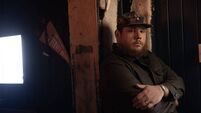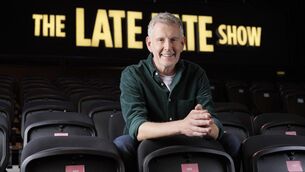Breanndán Ó Beaglaíoch's battle to build a house on his own land
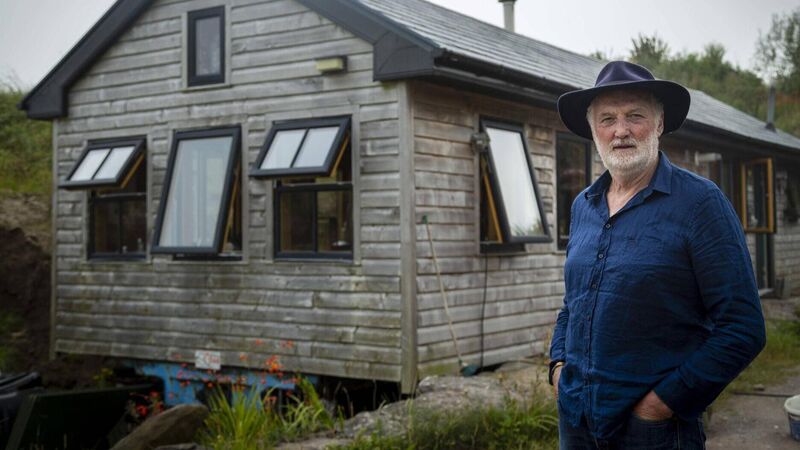
Breanndán Begley in The Man With The Moving House
In 2006, the musician and broadcaster Breanndán Ó Beaglaíoch wanted to build a house on his own land in the Dingle Peninsula to live in. A county engineer assured him he’d have no trouble with the planning authorities; he told him he could build two houses on his site. He spoke too soon. Ó Beaglaíoch was refused planning permission and soon found himself cast into a Kafkaesque battle with the Kerry County Council to build a home in his village.
“I was told I hadn’t proven I was from the area in the application,” says Ó Beaglaíoch. “I had to go to the parish priest. He had to write a letter for me. Then I was told I hadn't proven I had a housing need, even though I was on the housing list. I had to show personal, private information about the resolution of my marriage with my ex-wife — who is a very good friend of mine — to them, which was, to say the least, embarrassing.
“I got over those two hurdles. Then I was told it was ‘an elevated site’. There were houses on both sides of my site. There were houses way more elevated. I was looking for permission where there was a house before. I had proof of it from old maps.
“Then they said to me: ‘Why don’t you go below the road?’ I replied: ‘I don’t own land below the road'."
“The [next objection] was that it was ‘affecting views and prospects’. The thing about ‘views and prospects’ is that the views are below the road. Cars stop on the road. People take pictures of Mount Brandon. There is nothing to be seen above the road except a high mountain and a cliff where the Atlantic is. They just tell you these nonsensical things. You are there left speechless.”
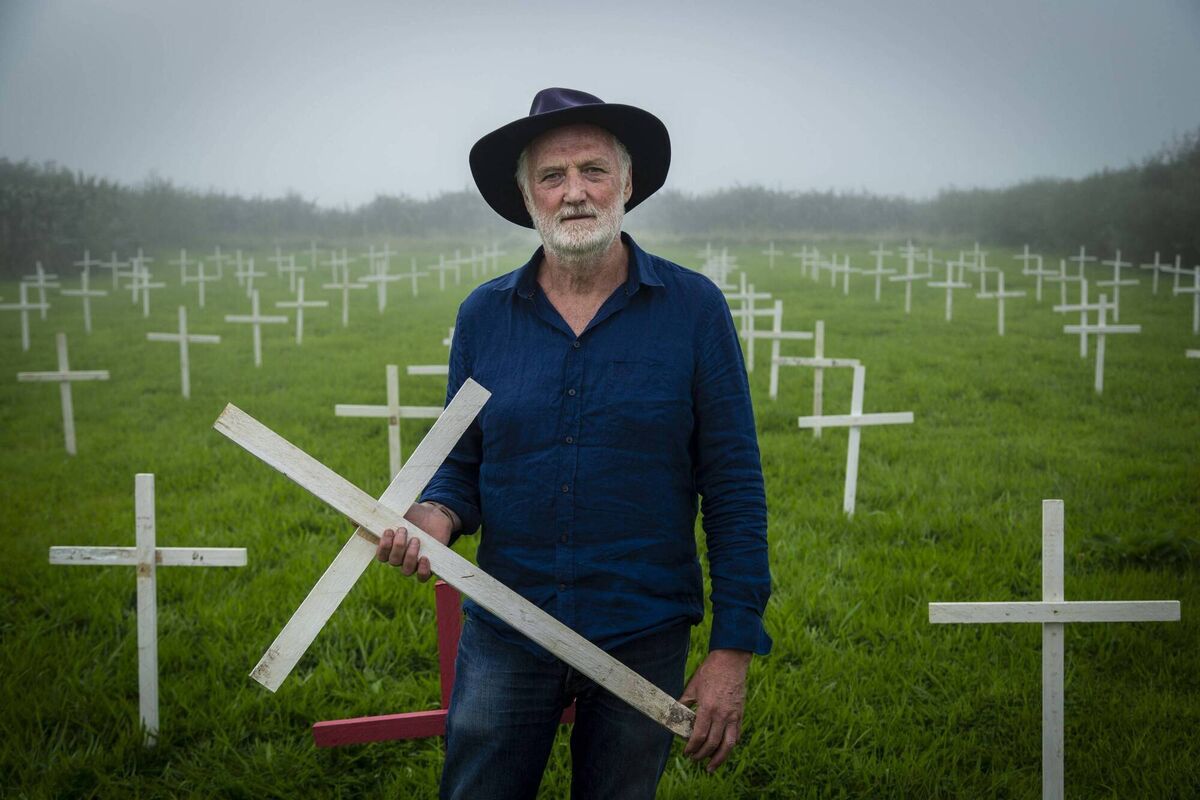
For nine years, Ó Beaglaíoch kept hitting his head against the wall, blocked from securing planning permission. In March 2015, he decided to test the laws by building a mobile home. He bought an old artic truck for €2,000. He gathered timber and materials to build a wooden house. The basis of his argument was that a house on a 40-foot lorry wasn’t permanent. He could pull it out and drive it down the road whenever he wanted. He was going to temporarily park his lorry on his own land. It wasn’t connected to electricity, to a sewage or water system. His son Conchúbhair was his right-hand-man as labourer.
“I had two great tradesmen with me: Pádraig Gromaill and Eddie Hutch,” says Ó Beaglaíoch. “I told them what I wanted. We started building. In case [the planning authorities] told me that I had erected something on my old land, I decided I would film the construction. The local [video journalist] here is Seán Mac an tSíthigh. He does local news for RTÉ and TG4. I gave him a ring. He filmed us building it.
“Then I told Seán we were moving it on May 16. My friend Danny Sheehy, the poet and writer, was there that morning. He said: ‘Why did you pick today?’ I said: ‘I picked today because the tractors were available.’ He said: ‘There's no fear of you. Do you know what day you have?’ He was into saints and stuff like that. ‘It's St Brendan’s Day.’ I got more help from my ancestors and the people that had been here — that came up from the ground, the energy of their help — more so than anywhere else."
“Anytime a letter came, I’d ring Seán. He’d film me opening it. We started a filming process. Then two-and-a-half years ago a report on RTÉ television went viral. The following week, I got three offers from different people to do a documentary. I accepted one with RTÉ One.”
The documentary, which was made by the production company Bang Bang Teo, is entitled . Within months of installing the moving house on his land, Ó Beaglaíoch got another letter from Kerry County Council. He was threatened with a multi-million euro fine and a prison sentence for putting in the moving house without planning permission. Ó Beaglaíoch found the mounting stress intolerable. He had trouble sleeping. At times, he felt alone. He knew people thought he was crazy. He wept. He was scared.
“I was told if you don't remove this unauthorised development on your land,” says Ó Beaglaíoch, “you’re liable to spend two years in jail or a fine of €12.7 million along with it — or both. And while you’re in jail, we will remove it and send the bill to you.
"That was frightening. But when you reach rock bottom, every inch out of there is progress. After that, I went public and I went public and I went public. I was going forward all the time.”
The documentary about Ó Beaglaíoch’s 15-year planning odyssey paints a larger canvass than his own struggle. He takes to the road, meeting people with similar plights and frustrations in Gaeltacht areas such as Donegal, Connemara and Ring, as well as overseas in Brittany, France and on Scotland’s Isle of Skye. He hears the same story repeated again and again: local people unable to build homes on their own land in rural areas, frustrated by planning regulations and priced out by Airbnb and holiday homes.
“Civil servants have no feelings towards what I love: music, art, the Irish language,” says Ó Beaglaíoch. “They only care about the tourist. They come back all the time to ‘the views and prospects’.
"By prioritising the tourist, you're getting rid of the local. After a while, tourists are going to be coming back here to meet more tourists. Who wants to be in a place where there’s nothing but tourists?"
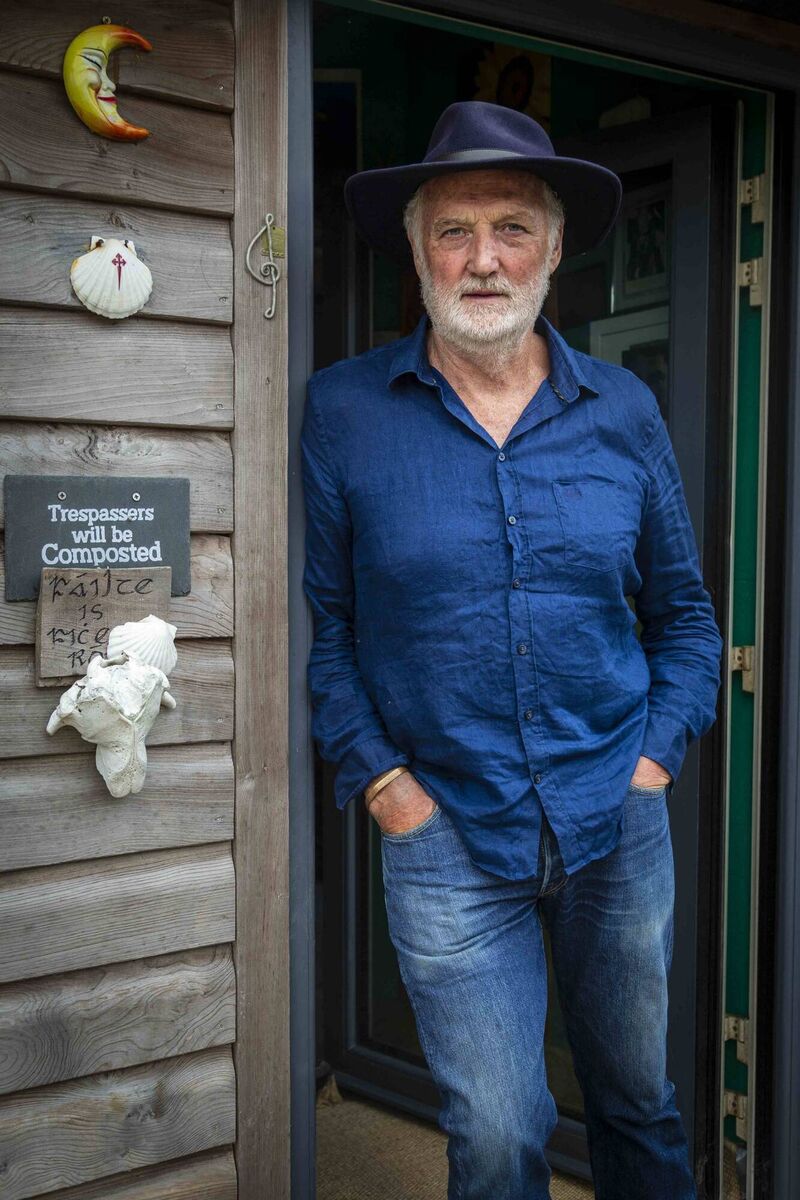
“As a musician, it's important to be where I live. I'm happy in lots of places, but I am so attached to this place, especially this village. This is where I want to live. I’m 66 years old. I come from a time when everybody in this parish was an organic farmer. They were ignored. They had to rid of their goats and sheep. Now there’s no organic farmer in the parish. Now they’re trying to encourage us back to organic farming again.
“Villages worked until the planners got involved in the 1960s. Villages worked for almost 2,500 years because nearly all Irish villages have ring forts, which they built around. People were born in their homes. They died in their homes. I come from that era where you were totally attached to a place. As an artist, I need to feel that I’m at home.”
- The Man With the Moving House will be screened 10.15pm, Thursday, August 25, on RTÉ One.

